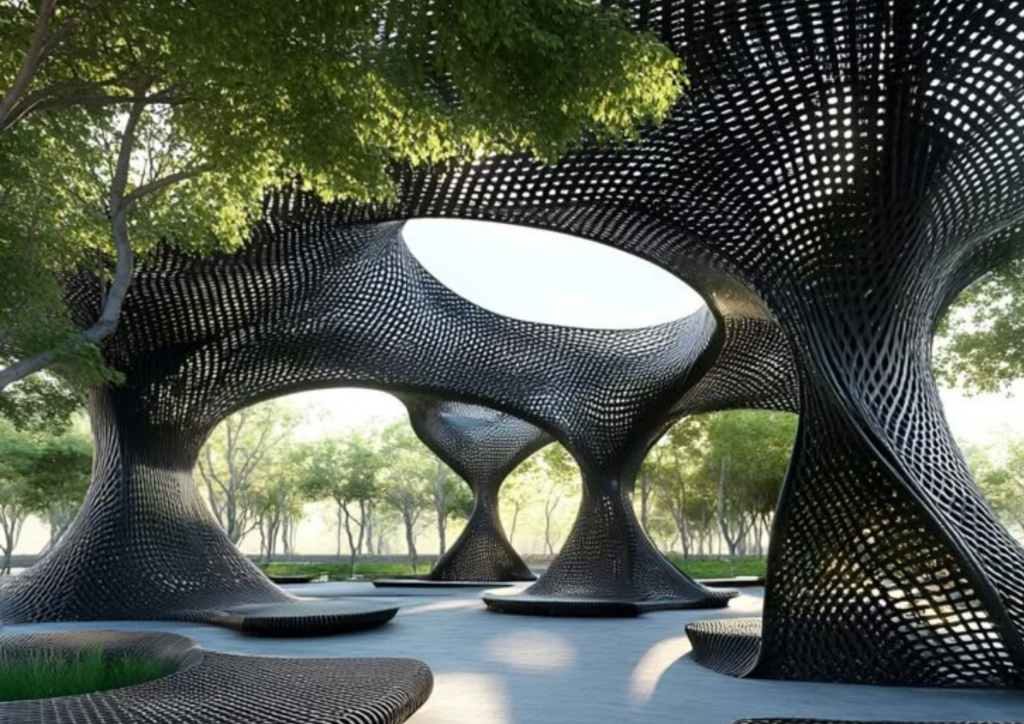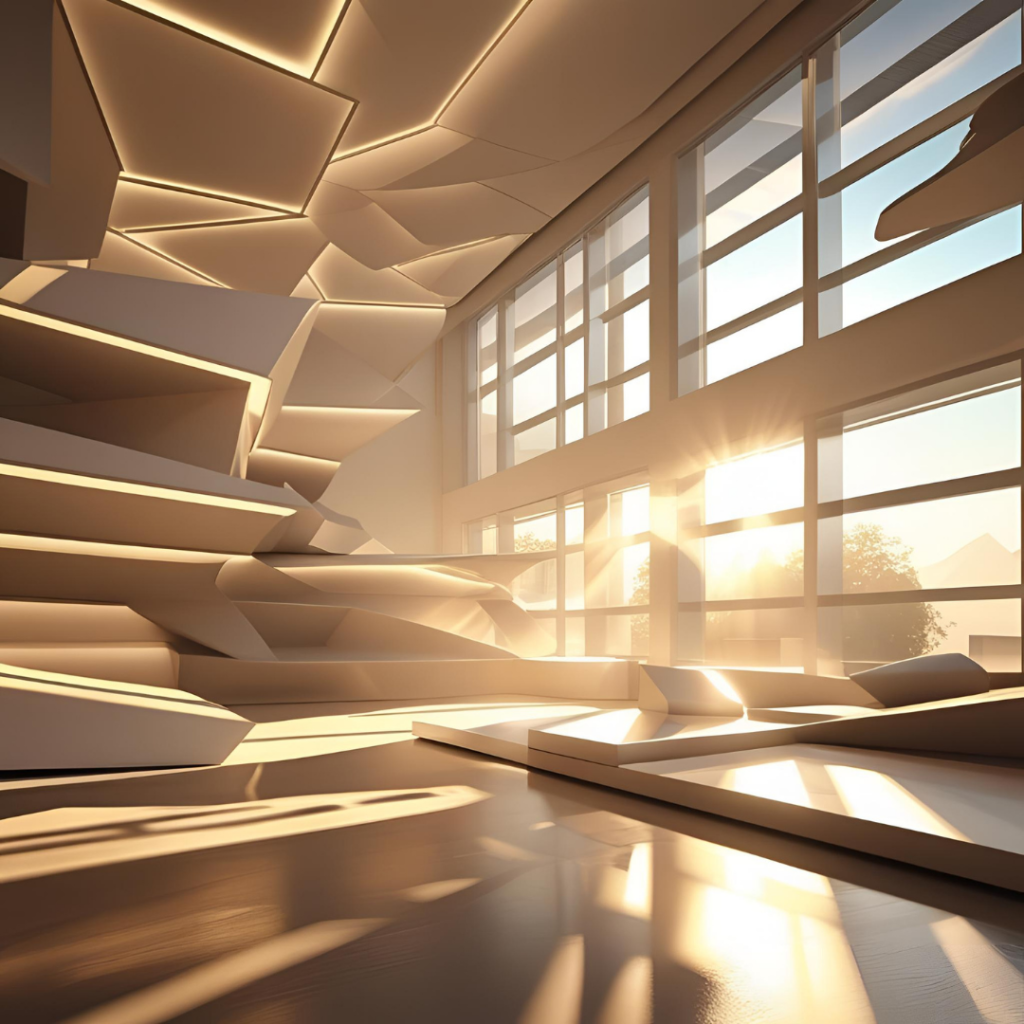Designing with the Senses: The Power of the Five Senses in Architecture
At Mısırlıoğlu Architecture, we believe architecture is not merely a “visual” experience — it is completed through the senses of touch, hearing, smell, and even taste. What makes a space memorable often stems not from its aesthetic form, but from the sensory impressions it leaves behind. The feel of the stone beneath your feet, the echo of a voice, the warmth of sunlight streaming through a window, or the scent of a wooden wall — these are the true elements that embed a space into memory. Today, architecture is not just about shapes, but also about feelings.
Beyond the Visual: Multi-Sensory Spaces
Visual aesthetics are important — but not enough on their own. Mısırlıoğlu Architecture approaches space as a multi-layered experience that appeals to all the senses. Structures that form deep connections with users live more in the bodily and emotional memory than in visual recall. There is a difference between the firmness of stepping onto stone and the warmth of a soft carpet — and that difference is not only physical, but also psychological.
Touch: The Language of Surfaces
Surface texture is the language of space. A rough stone wall, raw concrete, or silky ceramic — each contributes a unique atmosphere. Mısırlıoğlu Architecture uses texture as a tool of design, because people understand space not just through sight, but through touch. A surface felt through the fingertips leaves a much more lasting impression in the mind.
Hearing: Silence as a Material
The echo, silence, or fullness of a space — all directly affect user experience. Acoustic design is not only for concert halls but also vital in homes, offices, and public areas. Mısırlıoğlu Architecture sees silence as a material in itself. Silence breeds thought; echo invites movement. Wooden ceilings, for instance, can absorb sound and create a peaceful atmosphere even in crowded areas.
Smell: The Hidden Memory of Space
Smell is one of the most powerful sensory links in human memory. The scent of new wood, the earthy smell of stone floors, or the lavender wafting from a garden — a building is remembered not only by its look but by its scent. Mısırlıoğlu Architecture consciously integrates this olfactory memory into design through the use of natural materials. Sometimes, it’s the first scent that makes a place unforgettable.
Light and Warmth: What the Skin Sees
The warmth of sunlight on the skin, the shadow felt by a window, or a sun-heated stone wall in winter — these are sensed more by the body than the eye. Mısırlıoğlu Architecture treats light not just as a source of illumination but as a sensory element. Architectural surfaces in contact with light evolve throughout the day, bringing rhythm and dynamism to the space.
Interplay of Senses: An Architectural Symphony
Considering all five senses during the design process turns architecture into a symphony. What is seen, touched, heard, smelled — and even occasionally tasted — composes a spatial harmony. With this holistic approach, Mısırlıoğlu Architecture aims not just to design a building, but to create a livable, perceptible, and memorable experience.
Conclusion
Architecture is not a discipline to be appreciated by the eyes alone. A space gains meaning when it connects with the user through all the senses. Mısırlıoğlu Architecture places this connection at the core of its philosophy, defining architecture as not merely form — but a full sensory experience. Every structure designed with the senses creates a bond with its occupants — and that bond is architecture’s greatest strength.






Henüz yorum yapılmamış, sesinizi aşağıya ekleyin!